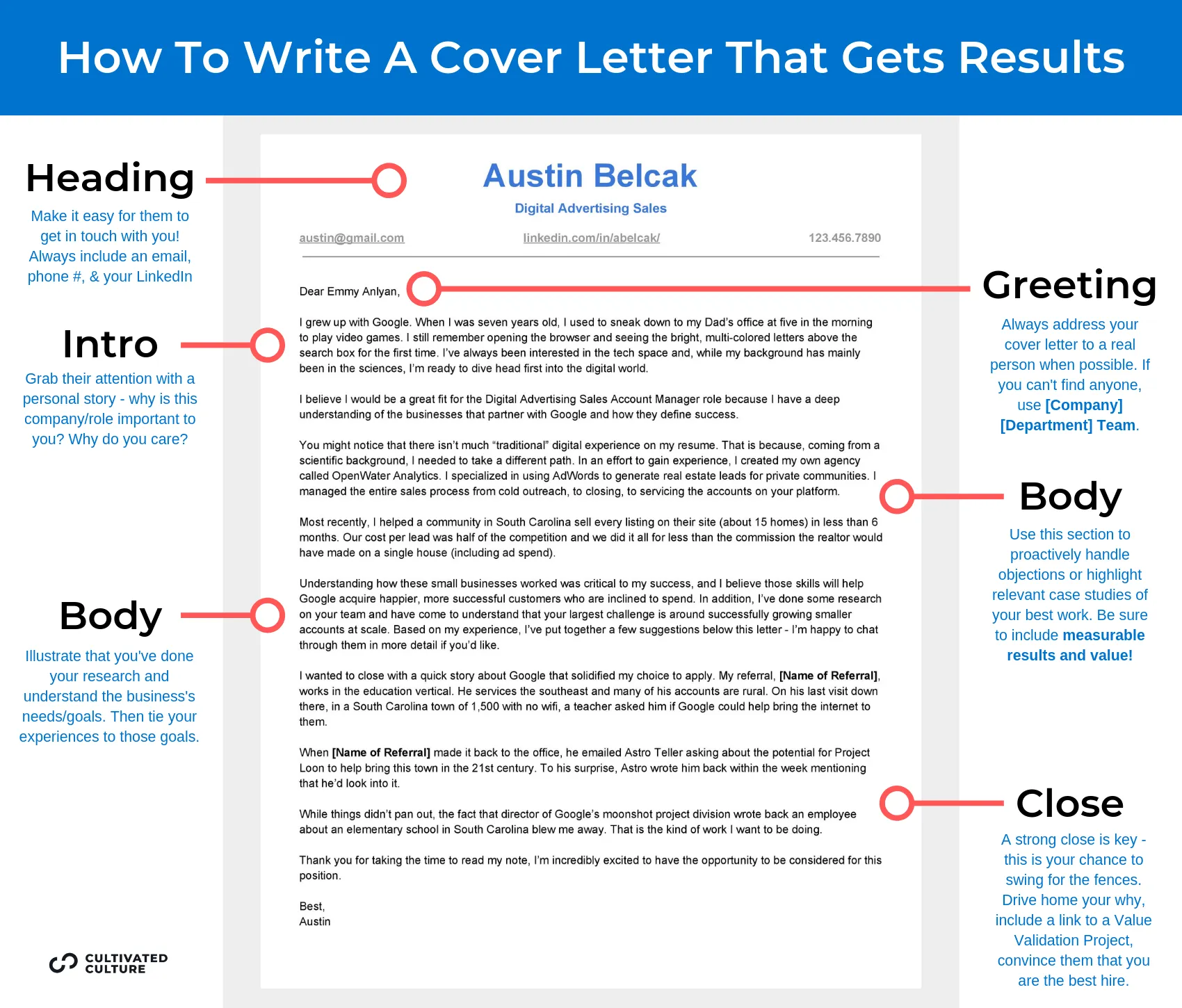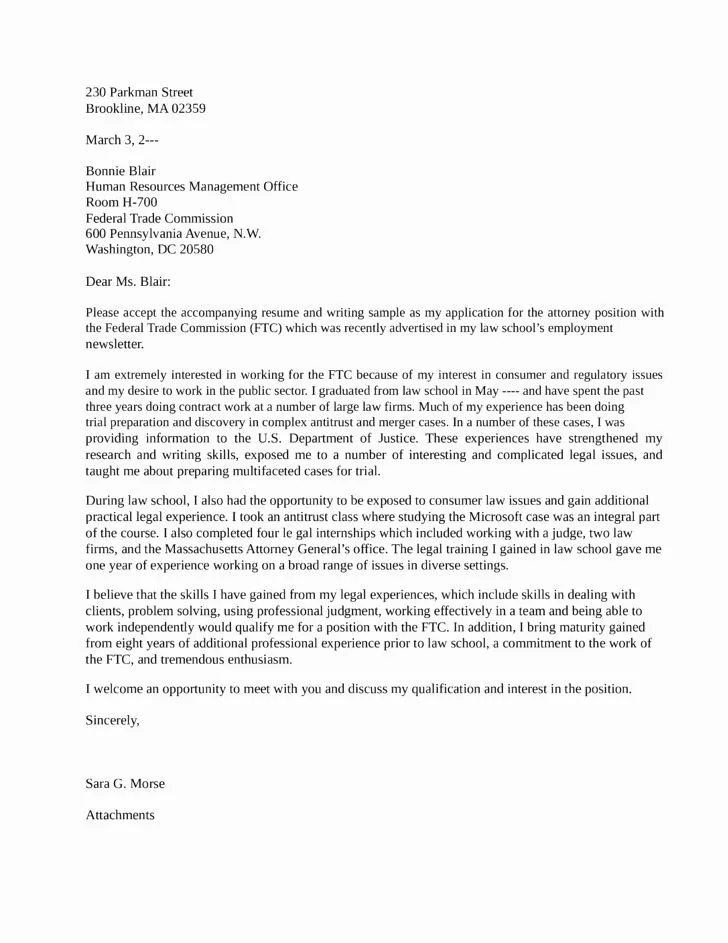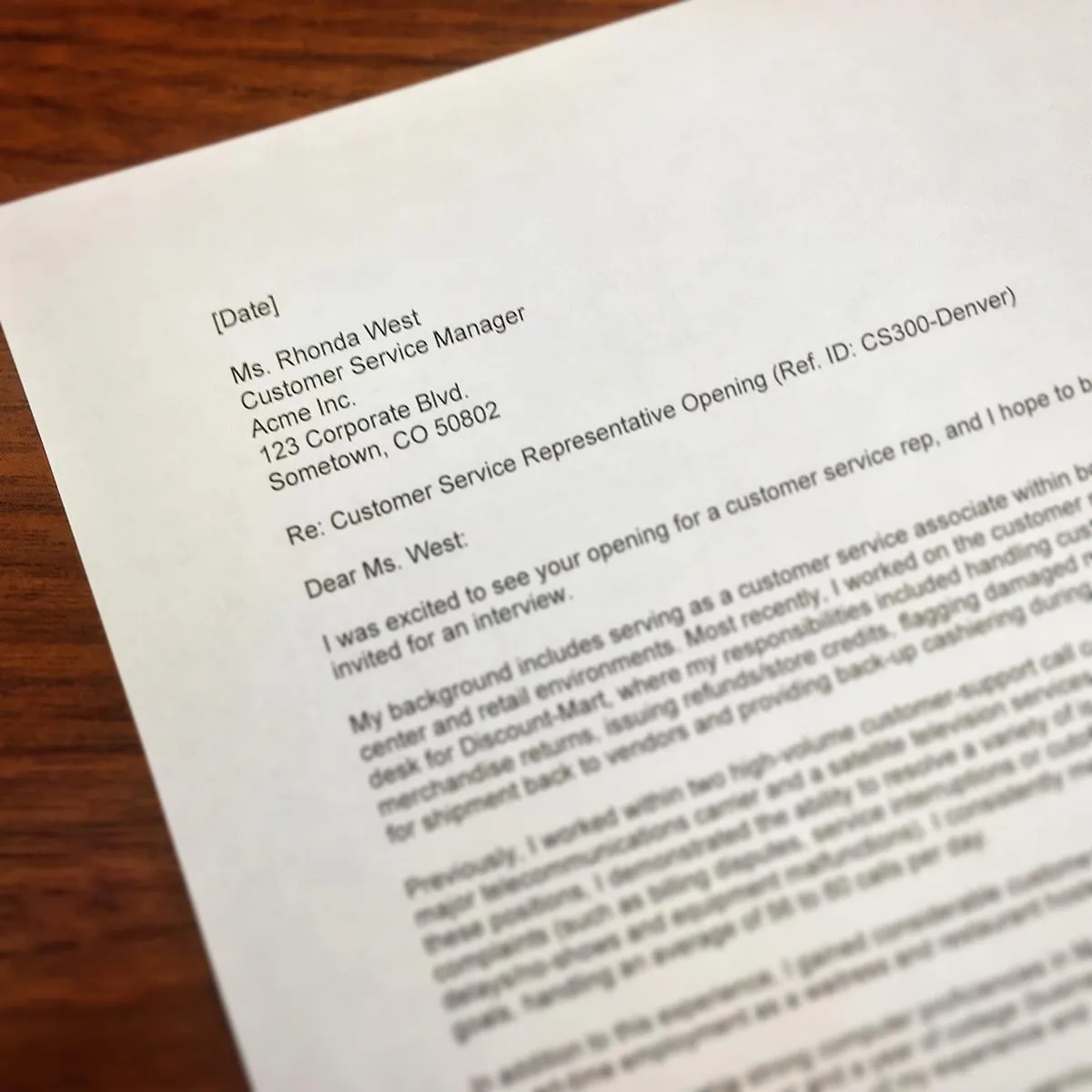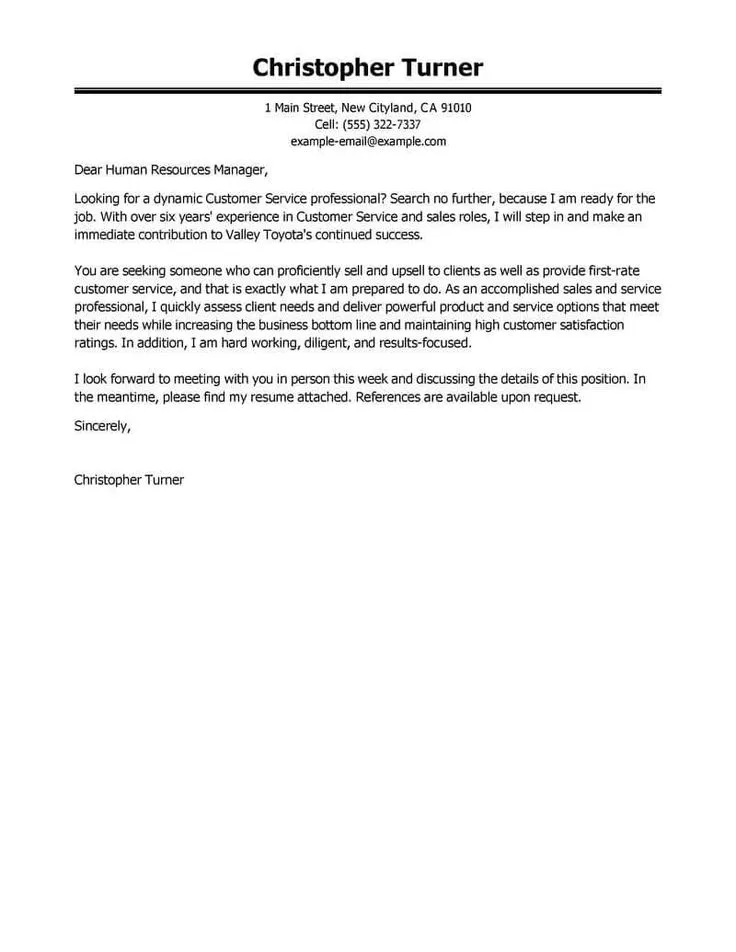What is SEO
Search Engine Optimization, or SEO, is the practice of optimizing your website to rank higher in search engine results pages (SERPs). It’s a multifaceted discipline encompassing various strategies and techniques aimed at increasing organic (non-paid) traffic to your website. The ultimate goal of SEO is to enhance your website’s visibility, making it easier for potential customers to find you when they search for relevant keywords. SEO is not just about ranking number one, it’s about providing a great user experience, building authority, and establishing your brand as a trusted resource. SEO requires a continuous effort and adapting to the ever-changing algorithms of search engines.
Why SEO Matters
SEO is crucial because it helps you reach your target audience. When people search for information, products, or services, they often start with a search engine. If your website ranks high in the search results, you’re more likely to be seen by potential customers. High rankings lead to more organic traffic, which is free and highly targeted. Unlike paid advertising, SEO generates long-term results. While paid campaigns stop delivering traffic when the budget runs out, SEO efforts continue to drive traffic over time. SEO also builds credibility and trust. Websites that rank high in search results are often perceived as more trustworthy. Ultimately, SEO increases brand awareness and helps you establish your brand as an authority in your niche.
How SEO Works

SEO works by a combination of factors that search engines consider when ranking websites. Search engines like Google use complex algorithms to crawl, index, and rank websites. Crawling involves discovering and scanning the content of websites. Indexing organizes and stores this content. Ranking determines the order in which websites appear in search results. SEO strategies focus on optimizing your website for these algorithms. This includes optimizing website content, improving user experience, building high-quality backlinks, and ensuring your website is technically sound. The better your website aligns with these factors, the higher it will rank. Regular monitoring and adjustments are essential because search engine algorithms are constantly updated.
Keyword Research Discovering the Right Terms
Keyword research is the foundation of any successful SEO strategy. It involves identifying the terms and phrases that your target audience uses when searching for information, products, or services related to your business. Effective keyword research includes using various tools, such as Google Keyword Planner, SEMrush, or Ahrefs, to find relevant keywords. Analyze search volume to identify keywords with high traffic potential. Evaluate keyword competition to understand how difficult it will be to rank for specific terms. Focus on both short-tail keywords (broad terms) and long-tail keywords (specific phrases). Understanding user intent is essential; knowing what the searcher wants will help you create content that meets their needs. Regularly update your keyword list based on performance and trends.
On-Page Optimization Improving Your Website Content
On-page optimization involves optimizing the elements within your website to improve its ranking in search results. This includes optimizing title tags, meta descriptions, header tags, and image alt text. Title tags and meta descriptions should be compelling, keyword-rich, and accurately describe the content of each page. Header tags (H1, H2, H3, etc.) structure your content logically, making it easier for both users and search engines to understand. Image alt text provides descriptive text for images, which helps search engines understand what the image is about. Internal linking, connecting related pages within your website, improves user experience and helps search engines crawl and index your content. Ensure your website content is original, high-quality, and provides value to your audience.
Title Tags and Meta Descriptions Crafting Compelling Headlines

Title tags and meta descriptions are crucial for attracting clicks from search results. The title tag is the HTML element that specifies the title of a web page, displayed in search engine results and browser tabs. Meta descriptions summarize the page’s content, providing a brief overview. They should be concise, keyword-rich, and compelling to encourage users to click. Use your primary keyword naturally within the title tag and meta description. Ensure the title tag accurately reflects the page’s content. Make the meta description engaging and include a call to action, such as “Learn More” or “Get Started.” Keep title tags under 60 characters and meta descriptions under 160 characters to prevent truncation in search results. Regularly review and update these elements to improve click-through rates and SEO performance.
Content Creation Writing High-Quality Content
Content creation is at the core of effective SEO. High-quality content provides value to your audience and helps you rank higher in search results. Create informative, engaging, and well-structured content that answers user questions and solves their problems. Use a variety of content formats, such as blog posts, articles, videos, and infographics, to appeal to different audiences. Conduct thorough keyword research to identify topics that your target audience is searching for. Incorporate your target keywords naturally throughout your content. Regularly update your content to keep it fresh and relevant. Make sure your content is easy to read, with clear headings, subheadings, and bullet points. Promote your content on social media and other platforms to increase its visibility.
Internal Linking Connecting Your Pages
Internal linking is the practice of linking from one page of your website to another. This is crucial for SEO as it helps search engines crawl and index your website more effectively. It also improves user experience by guiding visitors to related content. Use relevant anchor text (the clickable text) when linking to other pages. Create a logical internal linking structure that reflects the hierarchy of your website’s content. Link to important pages from your homepage and other high-authority pages. Regularly review your internal links to ensure they are working correctly and lead to relevant content. Effective internal linking helps distribute link juice (SEO value) throughout your website and can significantly improve your search rankings.
Off-Page Optimization Building Authority

Off-page optimization involves activities that take place outside of your website to improve its search engine rankings. The primary goal is to build your website’s authority and reputation. This includes building high-quality backlinks from other reputable websites. Backlinks are links from other websites to yours and are a crucial ranking factor. Engage in social media marketing to promote your content and increase brand awareness. Participate in online communities and forums to establish yourself as an expert in your niche. Monitor your online mentions and respond to comments and reviews. Building authority takes time and effort, but it is essential for long-term SEO success. Always prioritize quality over quantity when building backlinks.
Link Building Earning Backlinks
Link building is a key component of off-page optimization. It involves acquiring hyperlinks from other websites to your own. Backlinks are a signal to search engines that your content is valuable and trustworthy. There are various link-building strategies including guest blogging, which involves writing articles for other websites in your niche. Broken link building involves finding broken links on other websites and offering your content as a replacement. Creating valuable content that others want to link to is essential for attracting natural backlinks. Building relationships with other website owners and influencers can help you get links. Avoid black-hat link-building tactics, such as buying links or participating in link schemes, as these can lead to penalties from search engines. Focus on building high-quality, relevant links from authoritative websites.
Social Media Promoting Your Content
Social media plays an important role in promoting your content and increasing your website’s visibility. Share your content on social media platforms to reach a wider audience. Build a strong social media presence by regularly posting engaging content and interacting with your followers. Use social media to drive traffic to your website. Include social sharing buttons on your website to make it easy for visitors to share your content. Run social media advertising campaigns to promote your content to a targeted audience. Social media can indirectly impact your SEO by increasing brand awareness, driving traffic, and potentially leading to more backlinks.
Technical SEO Optimizing Website Structure

Technical SEO involves optimizing the technical aspects of your website to improve its search engine rankings. This includes ensuring your website is easily crawlable and indexable by search engines. Improve your website’s structure with a clear sitemap and robots.txt file to guide search engine crawlers. Implement a secure HTTPS protocol to protect user data and improve your website’s security. Optimize your website’s URL structure to be clean, descriptive, and user-friendly. Ensure your website is mobile-friendly and responsive, providing a good user experience on all devices. Technical SEO improvements help search engines understand and rank your website more effectively. Regular audits of your website’s technical SEO elements are recommended.
Website Speed Improving Performance
Website speed is a crucial ranking factor and significantly impacts user experience. Faster loading times lead to higher rankings and increased user engagement. Optimize images by compressing them and using appropriate formats (e.g., WebP). Minimize HTTP requests by reducing the number of files your website needs to load. Leverage browser caching to store website assets on users’ devices. Use a content delivery network (CDN) to distribute your website’s content across multiple servers. Choose a reliable web hosting provider. Regularly test your website’s speed using tools like Google PageSpeed Insights and address any performance issues.
Mobile-Friendliness Ensuring Responsiveness
With the increasing use of mobile devices, mobile-friendliness is essential for SEO. Ensure your website is responsive, meaning it adapts to different screen sizes and devices. Use a mobile-first design approach, which prioritizes the mobile user experience. Test your website on various mobile devices to ensure it displays correctly. Optimize your website’s content and images for mobile viewing. Improve website loading speed on mobile devices. Use a clear and easy-to-navigate design. A mobile-friendly website provides a better user experience and is favored by search engines. Regularly check your website’s mobile-friendliness using Google’s Mobile-Friendly Test tool.
SEO Tools Helpful Resources

Numerous SEO tools can help you with keyword research, content optimization, and performance tracking. Google Search Console provides insights into your website’s performance in Google search results. Google Analytics tracks your website traffic and user behavior. SEMrush is a comprehensive SEO tool for keyword research, competitive analysis, and site audits. Ahrefs is another powerful SEO tool for backlink analysis, keyword research, and competitor analysis. Moz offers various SEO tools and resources, including keyword research tools and site audits. Use these tools to monitor your website’s performance, identify areas for improvement, and stay up-to-date with the latest SEO trends.
Google Analytics Tracking Your Progress
Google Analytics is a powerful tool for tracking your website’s traffic, user behavior, and SEO performance. Set up Google Analytics to monitor key metrics such as organic traffic, bounce rate, and time on page. Analyze your website’s traffic sources to understand where your visitors are coming from. Track your website’s conversion rates to measure the effectiveness of your SEO efforts. Use Google Analytics to identify your top-performing pages and content. Regularly review your Google Analytics data to make data-driven decisions and refine your SEO strategy. Setting up goals in Google Analytics helps measure the success of specific actions on your website, such as form submissions or purchases. By carefully analyzing your data, you can refine your SEO strategy for better results.
SEO Mistakes to Avoid Common Errors
Avoiding common SEO mistakes is essential for success. Do not ignore keyword research; always start with a solid understanding of your target keywords. Avoid keyword stuffing, the excessive use of keywords that can lead to penalties. Do not neglect on-page optimization, make sure your content is well-structured and optimized. Avoid duplicate content, which can confuse search engines. Do not ignore technical SEO, ensure your website is crawlable, indexable, and mobile-friendly. Avoid buying links, which can lead to penalties and harm your website’s reputation. Do not neglect mobile optimization; ensure your website is responsive and provides a good mobile user experience. Regularly review your website’s SEO performance and make necessary adjustments to avoid common pitfalls.
Keyword Stuffing Overuse of Keywords

Keyword stuffing, or the overuse of keywords in your content, can harm your SEO efforts. Avoid excessively repeating keywords in your title tags, meta descriptions, headings, and body content. Instead, focus on writing naturally and providing valuable content for your audience. Use related keywords and synonyms to provide context and improve the readability of your content. Overusing keywords can make your content appear unnatural and can lead to penalties from search engines. Write for your audience first and search engines second. Focus on creating high-quality, engaging content that naturally incorporates relevant keywords. Regularly review your content for keyword density and ensure it reads well. Avoid keyword stuffing to maintain credibility and achieve better search rankings.
Ignoring Mobile Optimization Neglecting Mobile Users
Ignoring mobile optimization is a serious SEO mistake. With the majority of web traffic coming from mobile devices, having a mobile-friendly website is critical. Ensure your website is responsive and adapts to different screen sizes. Use a mobile-first design approach, which prioritizes the mobile user experience. Optimize website loading speed on mobile devices to provide a fast and seamless experience. Implement a clear and easy-to-navigate design. Regularly test your website on various mobile devices. Neglecting mobile optimization can result in a poor user experience, lower rankings, and lost traffic. Ensure your website is optimized for mobile users to provide a great experience for all visitors.
Poor Content Creation Providing Low-Quality Content
Poor content creation is a major SEO mistake. Low-quality content provides little value to your audience and can harm your search engine rankings. Create high-quality, informative, and engaging content. Focus on providing unique insights and solving your audience’s problems. Regularly update your content to keep it fresh and relevant. Ensure your content is well-structured, easy to read, and free of grammatical errors. Use a variety of content formats, such as blog posts, articles, videos, and infographics, to appeal to different audiences. Avoid thin content, or content that provides little value. Promote your content on social media and other platforms to increase its visibility. Prioritize creating valuable content to improve your website’s SEO and attract more traffic.
SEO Best Practices for Continued Success
Staying up-to-date with SEO best practices is crucial for long-term success. Regularly monitor your website’s performance and adjust your strategy as needed. Focus on providing value to your audience. Build high-quality backlinks from reputable websites. Optimize your website for mobile devices and user experience. Stay informed about the latest changes in search engine algorithms. Continuously improve your website’s content and technical SEO. Conduct regular keyword research to identify new opportunities. Engage with your audience and build a strong online presence. Adapt to the ever-evolving landscape of SEO to maintain your rankings and drive organic traffic.
